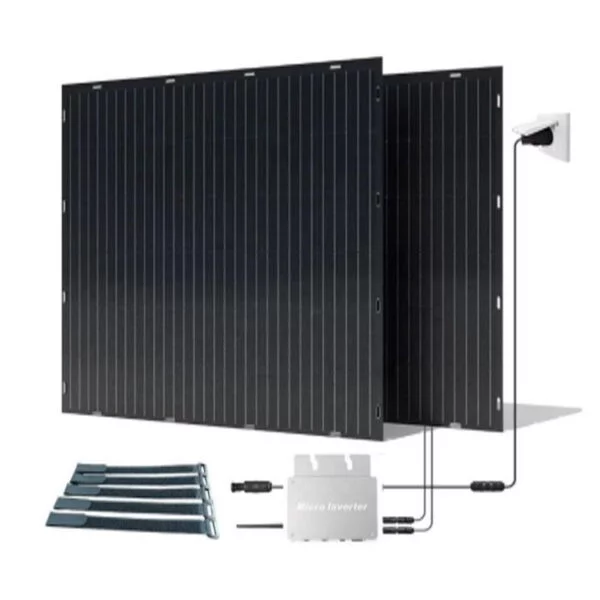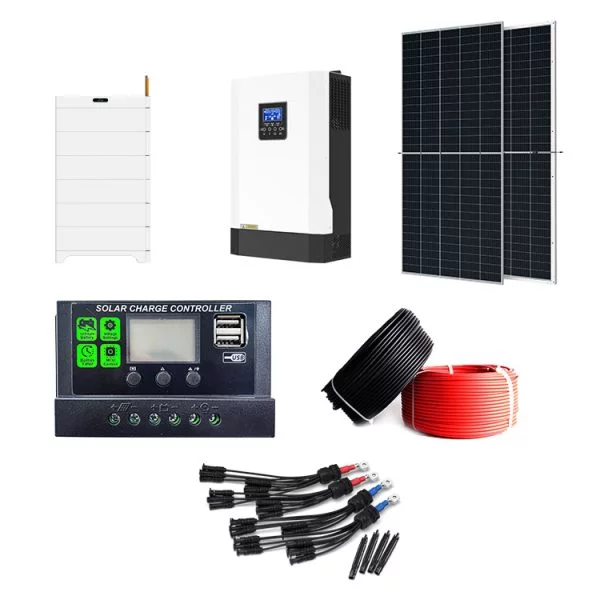HOT PRODUCT
Product Details
Getting The Best Bang For Your Buck: Strategies To Reduce Cost Per Solar Panel
Title: Getting The Best Bang For Your Buck: Strategies To Reduce Cost Per Solar Panel
Introduction:
With the rising popularity of solar energy systems, homeowners and businesses are increasingly seeking cost-effective ways to harness the power of the sun. One significant factor to consider is the cost per solar panel, as it directly impacts the overall financial feasibility of the installation. By implementing a few strategic practices, you can reduce the cost per solar panel, paving the way for a more sustainable and affordable energy future.
1. Evaluate Different Types of Solar Panels:
When selecting solar panels, it is crucial to compare various types available on the market, including monocrystalline, polycrystalline, and thin-film options. Each type has its own strengths and weaknesses in terms of efficiency, cost, and aesthetics. Conduct thorough research and consider factors such as panel efficiency, warranty, and lifespan to make an informed choice that aligns with your budget and needs.


2. Bulk Purchasing and Group Discounts:
Purchasing solar panels in bulk can significantly lower the cost per unit. Consider joining forces with neighbors or forming a solar buyers’ cooperative to leverage collective buying power. This approach can help negotiate group discounts or lower installation costs by working with a single solar provider for multiple installations.


3. Explore Government Incentives:
Numerous government incentives and tax credits exist to encourage the adoption of solar energy. Research local, state, and federal programs and incentives that can help offset the costs of installing solar panels. These incentives may include tax credits, rebates, grants, or renewable energy certificates. By taking advantage of these financial incentives, you can greatly reduce the overall cost of going solar.
4. Request Multiple Quotes:
Before selecting a solar installation provider, obtain quotes from multiple companies. By comparing different offers, you can identify the best pricing options available in the market. Ensure that the quotes include all costs associated with the installation process, including equipment, permits, labor, and warranties. Additionally, consider the reputation and experience of the solar companies to ensure you are getting the best value for your investment.
5. Optimize System Design:
Solar system design can significantly affect the cost per panel. Work closely with a professional solar designer or installer to maximize the efficiency of your system while minimizing costs. The layout, orientation, and tilt of the panels should be carefully planned to optimize sun exposure and energy output. Additionally, consider potential shading issues that may reduce overall system performance.
6. Financing Options:
Financing options can further reduce the out-of-pocket expenses associated with solar panel installation. Explore various financing alternatives such as solar leases, power purchase agreements (PPAs), or low-interest loans. These options allow homeowners and businesses to install solar systems with little or no upfront cost, making the transition to solar energy more accessible and economically viable.
Conclusion:
Reducing the cost per solar panel is essential in making solar energy an affordable and sustainable solution for both residential and commercial installations. By evaluating different panel types, taking advantage of group discounts, leveraging government incentives, obtaining multiple quotes, optimizing system design, and exploring financing options, individuals can obtain the best bang for their buck. A well-designed and cost-effective solar system can enable long-term energy savings, reduce carbon footprint, and contribute to a greener future for generations to come.




